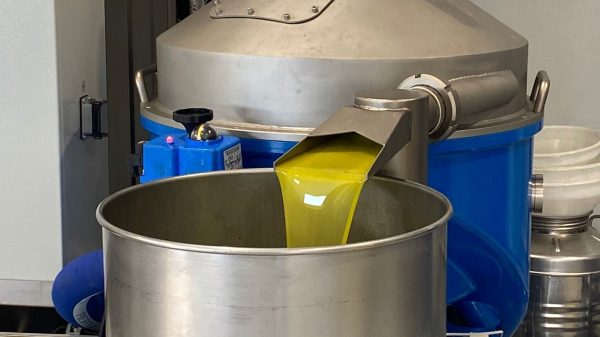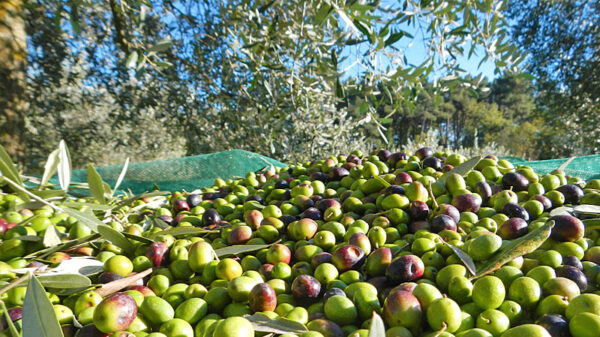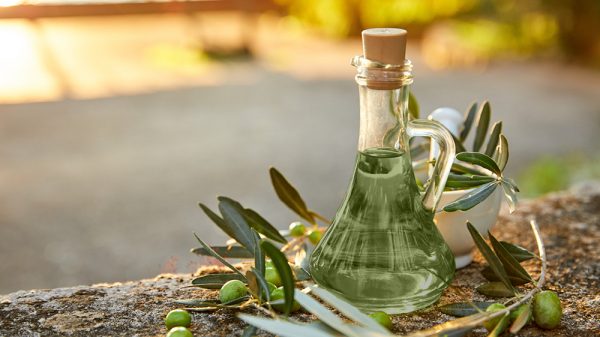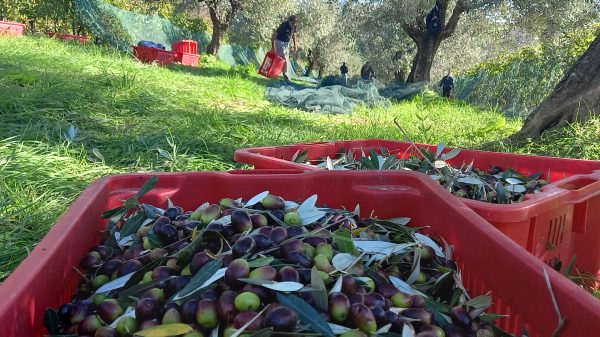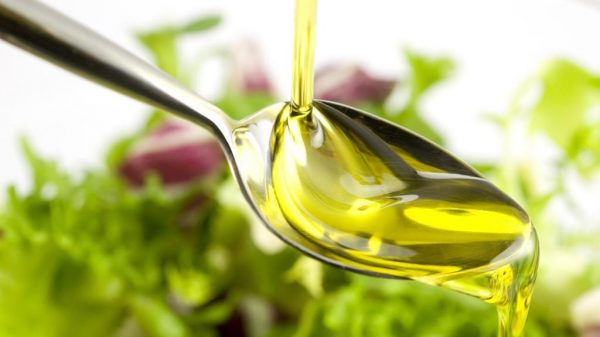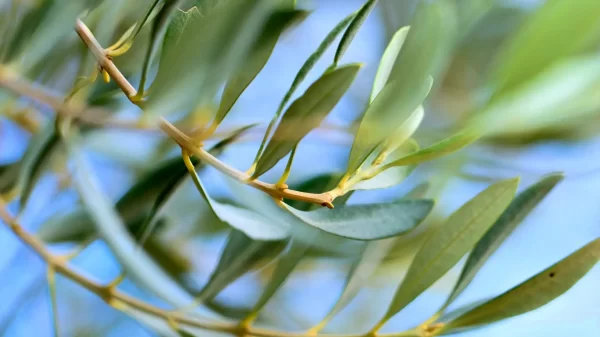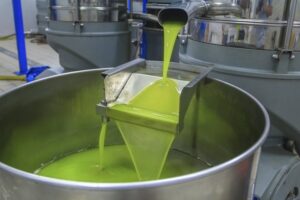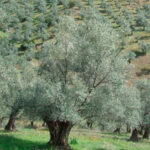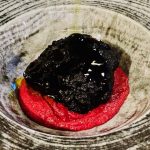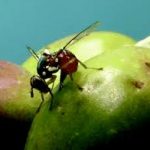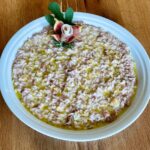 Let's try to identify easily and with simple and almost costless tools the right time to pick the olives.
Let's try to identify easily and with simple and almost costless tools the right time to pick the olives.
With the exception of some rare cultivars, ripening can be seen because the green skin turns towards a darker color which tends towards violet-black: this change in colour, as is known, is called "veraison" and decrees the ripening of the olive, when you have the maximum quantity of oil and an excellent ratio of phenolic substances and of pigments. This usually takes place in October.
You should take that into consideration in particular years where September and October prove to be hot and dry months, veraison takes place even if the fruit is not yet ripe, because the formation of anthocyanins (that is, of the dyes in the peel) is directly proportional to the degree of ripeness of the fruit, but can be induced or accelerated by external factors such as intense solar radiation or high temperature variations.
This is why it is essential don't limit yourself to the mere sight, but it is necessary to locate the maturation with agronomic parameters (the colorimetric index, the strength of resistance to detachment and hardness of the pulp) o processes (the oil yield on dry weight or the phenolic content).
There are several methods to evaluate the degree of ripeness of the olives. The most reliable, but at the same time costly in terms of money and time, is that ofdrupe chemical analysis, which cannot be done in the field because it requires an equipped analysis laboratory. With it we can define the oil content, the humidity, the total polyphenols.
Still in the scientific field, a promising system, but still in the running-in phase, is the near infrared (NIR) spectroscopy which using specific wavelengths detects the degree of maturation directly in the field.
These technologies, even if expensive and sophisticated, still tell us nothing about the plant, the field and any pathogens/diseases of the drupe.
There are other methods that can be used by anyone and with a little practice can give excellent results. The values I will give you are obviously examples.
Measurement of peel resistance – It is an important indicator for defining the optimal harvesting period, which obviously depends on the type of farming, the cultivar and the size of the olives. The resistance is measured with a dynamometer (whose cost for a basic instrument, sufficient for the purpose, is around € 20,00) to be applied to the point of attachment of the peduncle on a significant number of drupes. The measure must be taken every two weeks and at smaller intervals when we are close to the value that interests us by choosing an effective number of drupes. The olive harvest is done with indicative values lower than 400/500 g; values lower than 300 g are indicative of a possible drop.
Measurement of the resistance of the epicarp – The test tells us how much resistance the peel opposes to penetration. A penetrometer with a tip of 1-1,5 mm in diameter is used (for a basic device you spend €40,00) and is measured in grams. Values that are too low risk compromising the integrity of the fruit and consequently the quality of the oil with the formation of sensory defects, increased acidity and an increase in peroxides. It is advisable to harvest the olives with a penetration index of no less than 350 g/mmXNUMX in order to maintain a good quality level of the oil. Also in this case the measurement must be taken every two weeks and then at smaller intervals, choosing a significant number of drupes.
Color measurement – A ripening index which, combined with the two just described, can provide very useful information is that of Jean, which is based on the observation of the veraison degree reached by the olives on a scale usually calibrated on 7 color classes: 1) green skin ; 2) beginning of veraison, less than 50%; 3) veraison higher than 50%; 4) 100% darkened peel; 5) 100% darkened skin and less than 50% browned pulp; 6) 100% darkened skin more than 50% browned pulp; 7) 100% darkened skin 100% completely browned pulp.
By applying a simple formula, a number is obtained which, if between 3,0 and 4,5, indicates that the olives have the maximum oil content. It is determined on a sample of 100 olives considering the number of olives falling into each of the 7 classes. This procedure requires time to be performed, and has a limit in the degree of subjectivity of the operator in attributing the veraison class, but if practiced together with the other two methods, with a little attention and exercise it is possible to build a profile which over the years will allow you to quickly and easily find the moment when the olive harvest is optimal for the product you want to obtain.
di


